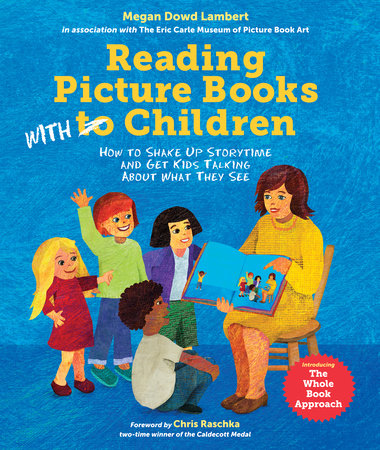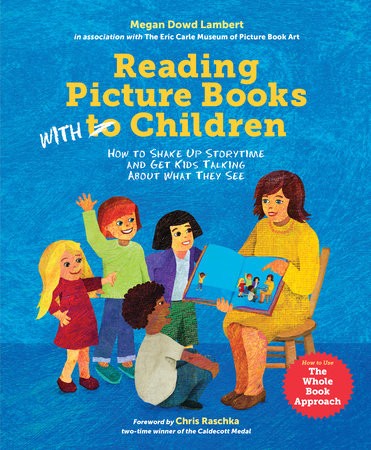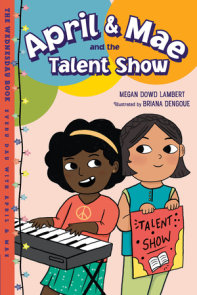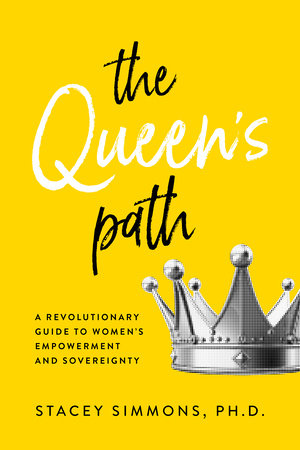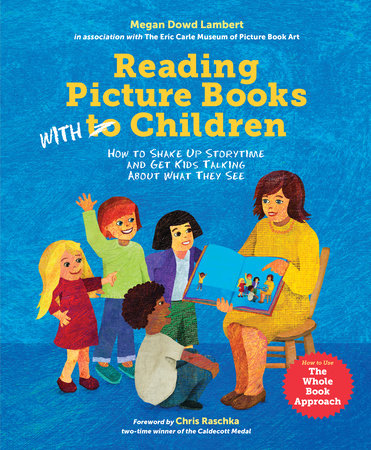

Reading Picture Books with Children
By Megan Dowd Lambert
Foreword by Chris Raschka
Contributions by Laura Vaccaro Seeger
By Megan Dowd Lambert
Foreword by Chris Raschka
Contributions by Laura Vaccaro Seeger
By Megan Dowd Lambert
Foreword by Chris Raschka
Contributions by Laura Vaccaro Seeger
By Megan Dowd Lambert
Foreword by Chris Raschka
Contributions by Laura Vaccaro Seeger
By Megan Dowd Lambert
Illustrated by Laura Vaccaro Seeger
Foreword by Chris Raschka
By Megan Dowd Lambert
Illustrated by Laura Vaccaro Seeger
Foreword by Chris Raschka

-
$16.99
Mar 03, 2020 | ISBN 9781580897914
-
$21.95
Nov 03, 2015 | ISBN 9781580896627
-
Nov 03, 2015 | ISBN 9781607345633
YOU MAY ALSO LIKE
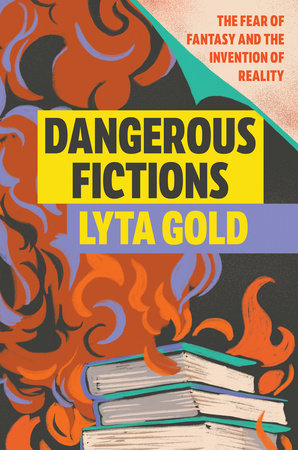
Dangerous Fictions

Mysticism
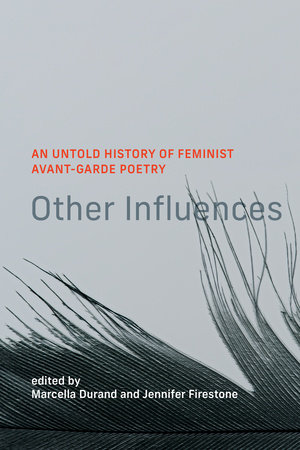
Other Influences
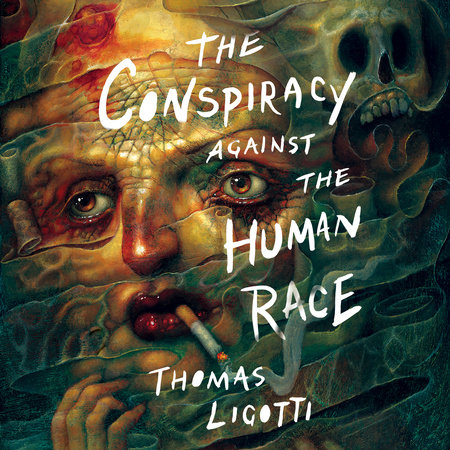
The Conspiracy against the Human Race
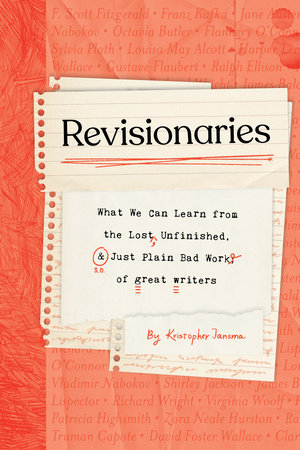
Revisionaries
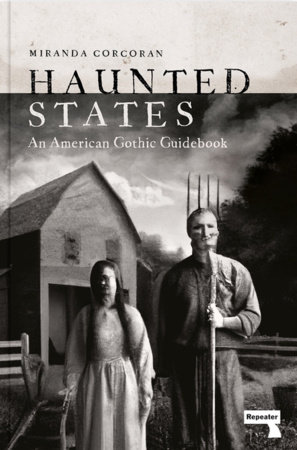
Haunted States
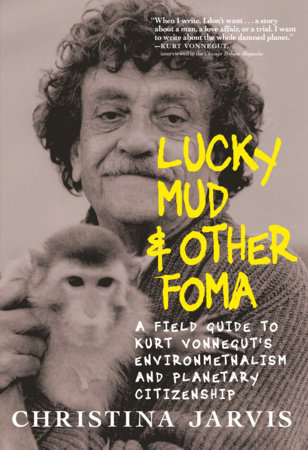
Lucky Mud & Other Foma
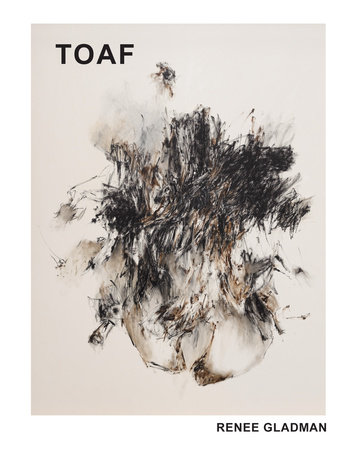
To After That (TOAF)

In Defense of Love
Praise
An in-depth exploration of the author’s Whole Book Approach: a way to slow storytime down and consider children’s responses to art, design, and other visual elements.
Lambert honed her new storytime style while sharing picture books at the Eric Carle Museum of Picture Book Art. She began by using traditional methods but realized that she was representing a museum; she should focus on art and the notion of a book as an art form. Taking cues from the open-ended questions used by the Carle museum’s docents, Lambert created a similar approach toward reading with children. With chapters devoted to trim size and orientation, jackets and covers, endpapers, typography, and more, there really is no better way to say it: Lambert delves into the “whole book.” Librarians may quake at the thought of inviting so much discussion while reading stories to a large group, but Lambert calms fears with repeated (and adorable—such as the “heightful tower” of Madeline) examples from her many years of practice. She also shares tips and tricks to regain focus if a group goes awry. Traditionalists’ concerns that the integrity of the story might be compromised by many interruptions are unfounded; Lambert rightly stresses that reading both the words and the art are equally important and provides ample evidence of children’s increased engagement with the books being shared.
Welcome permission to shake things up, with an important acknowledgment of the art form at the core of modern storytimes.
–Kirkus Reviews
Lambert, a lecturer at Simmons College, provides a guidebook to the Whole Book Approach, a “co-constructed (interactive) storytime model centered on the picture book as a visual art form,” an approach developed at the Eric Carle Museum of Picture Book Art. Despite the title, the Whole Book Approach is really more child- centered than book-centered, focusing on the ways children interact with books and emphasizing their experiences of what they see and hear during a storytime rather than analyzing the text or pictures. Lambert’s thoughtful introduction discusses her own struggles with learning to decode pictures and her subsequent education in all things picture book, including layout, medium, style, etc. Chapters include overviews of trim size, jackets and covers, endpapers, front matter, typography, page design, and perhaps most helpfully, a guide to encouraging visual intelligence among children and the benefits of her approach. Resources includes tips on creating and leading Whole Book storytimes, sample questions for Whole Book storytimes, a glossary and further reading.
–The Bulletin of The Center for Children’s Books
Lambert’s Whole Book Approach challenges librarians to think differently about how they share a picture book in a group setting. It asks adult readers to value the opinions of young listeners and to engage them to become active participants as they try to make meaning of all they see and hear during a shared reading. This volume gives concrete examples and practical tips on how to do a shared reading based on the Whole Book Approach; through a conversational style and clear directions, Lambert offers support for librarians and teachers testing out new ways of engaging young listeners. The author developed this method during her graduate studies in children’s literature at Simmons College and while working in the Education Department of the Eric Carle Museum of Picture Book Art. As she points out, the Whole Book Approach method of sharing picture books starts right on the title page—adults share vocabulary information about the various parts of a physical book. Lambert goes on to dedicate individual chapters to “Jackets and Covers,” “Endpapers,” “Front Matter,” “Typography,” and “Page Design” and spends a good deal of time on how to foster a child’s visual intelligence. The author’s storytime anecdotes are funny, touching, and ultimately illuminating, highlighting how this approach can open new avenues to explore with children. VERDICT An essential purchase for any educator wanting to understand and apply the Whole Book Approach in their storytimes, or for those who would like to better understand the various parts and wonders of the picture book as a unique art form.
-School Library Journal
Table Of Contents
• Foreword
• Preface – Reading with Children
• Introduction – How I learned to Think with My Eyes
• Chapter 1 – That’s About the Size of It
Trim Size and Orientation
• Chapter 2 – Coming Attractions
Jackets and Covers
• Chapter 3 – Visual Overtures
Endpapers
• Chapter 4 – Slow Down and Look
Front Matter
• Chapter 5 – Knocked Out by Type
Typography
• Chapter 6 – Gutter Talk and More
Page Design
• Chapter 7 – “Children, Children, What Do You See?”
Nurturing Visual Intelligence
• Chapter 8 – The Picture Book Playground
The Benefits (and Fun) of hte Whole Book Approach
• Conclusion – The Story Continues
• Acknowledgments
• Resources
Leading Whole Book Approach Storytimes
Whole Book Approach Sample Questions
Gloassary of Book and Storytime Terminology
Further Reading
• Notes
• Image Credits
• Index
21 Books You’ve Been Meaning to Read
Just for joining you’ll get personalized recommendations on your dashboard daily and features only for members.
Find Out More Join Now Sign In






